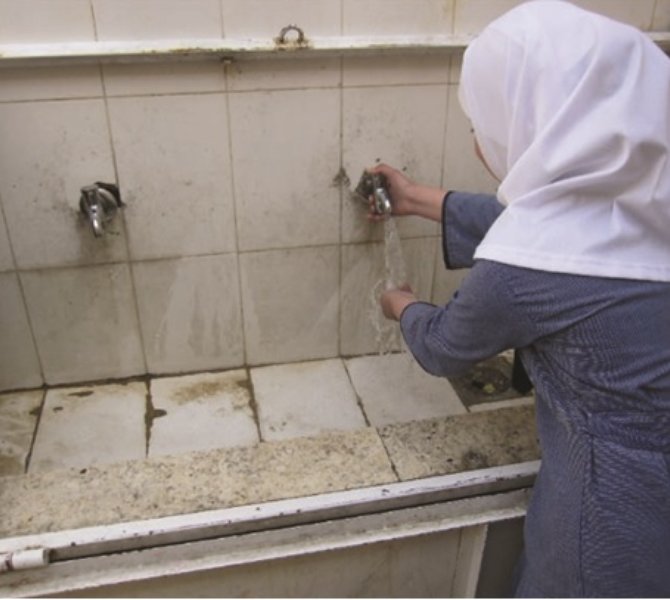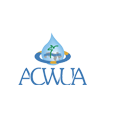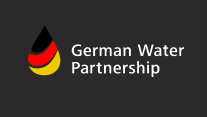Cases
Traditional Water Harvesting improves community resilience to climate change
Summary
Jordan has scarce water resources. The country has a long tradition of rain water harvesting. The here presented project rehabilitates traditional water ponds from ancient times and thereby improves today’s water supply for mosques and schools in rural areas.
Situation
Project Background
Jordan has scarce water resources. Obviously, all the civilizations in Jordan could not have survived without adjusting to water scarcity. They needed to come up with water manage-ment systems that would conserve this vital natural resource, including rainwater harvesting methods and schemes to reduce evaporation. The project’s idea is to rehabilitate several traditional water ponds from ancient Roman and Byzantine times. Properly restored, these sites can still be used for water harvesting and thereby improve community resilience to water scarcity and the consequences of climate change in Jordan. The project has two main components: The first is to rehabilitate ancient water ponds for rain water harvesting. The rehabilated water ponds will be used for community and for irrigating the public garden established for the community. The girls’ school water har-vesting cistern is a way to collect rain water and to use it for flushing toilets and cleaning school premises and yards. The second component is to separate water used for ablution (grey water) for irrigating the mosque garden after receiving some treatment. This means that grey water (ablution water) use is saving an equal amount of water from the fresh water budget allocated for drinking purposes.
Stakeholders
The project was implemented by Land and Human to Advocate Progress (LHAP). Founded in 2000 as a non-profit making, private organization, the Land and Human to Advocate Progress (LHAP) serves as a consulting and a partner organization to influence, encourage and assist local communities throughout Jordan to ensure a better management on natural resources in a sound and ecologically sustainable manner. The project started in October 2012. It was funded by the United Nation Development Pro-gram (UNDP) and politically supported by the Jordan Ministry of Water and Irrigation. The Ministry of Education, Awqaf, Ministry of Municipalities and local communities supported pre-liminary research. Local communities in Jordan, school personal and mosque managers were important stakeholder groups that benefited from the modernized water infrastructure.
Approach
Phase 1: Exploring & Engaging
The LHAP team wants to conserve ancient water harvesting sites and make use of them for people living in rural parts of the country. In the first phase of the project, the Ministry of Edu-cation, Ministry of Municipalities and Ministry of Water and Irrigation participated in a mapping study. First of all, traditional water collection ponds were identified and located on a map (GIS) the status of the different ponds was described in an inception report. This allowed making a first selection of two sites that would be rehabilitated. LHAP had the major role in the project’s planning and implementation. The NGO has broad consultancy experience with community work in natural resource questions in Jordan. Con-tacts within the different Jordan Ministries that were involved helped to develop the project further. The core group – the so called Container – was established between LHAP staff, the man-agers of the two ancient sites and people from the school and mosque that were selected. Collaboration between the actors worked out quite easily. The initiators spent a lot of time understanding the context and testing resonance for the re-habilitation works in local communities. They knew very well that all infrastructural works have to be accompanied by a participatory approach with the local population in order to build trust and ownership for the idea. Thus, the project team did an intense pre-engagement with local stakeholder representatives. Some people in the communities were afraid that children could drown in the water ponds. Project staff managed convincing them of the advantages of rehabilitation and introduced protection measures. Regarding schools and mosques the most important challenge was to create ownership among these stakeholders. Especially the maintenance of the infrastructure needed to be assured by these stakeholder groups.
Phase 2: Building and Formalizing
A lot of time was spent for the first phase in order to prepare the different stakeholder groups. As a result, phase 2 was very short. The project was formalized by a funding contract with a private firm. All stakeholder groups signed a memorandum of understanding. High-level sup-port was guaranteed by the Education, Awqaf and municipalities.
Phase 3: Implementing and Evaluation
All the rehabilitation work was successfully finalized in less than one year. LHAP’s role was not only to implement the project but also to assure communication between local communi-ties, schools, mosques, historical sites and the different Ministries involved. Personal contact to the different actors was crucial for the success of the project. Finally, two ancient sites were rehabilitated and ready for handover for the use by the local community. Further, water collection systems were installed for one school with plumbing and a floating pump.
Phase 4: Developing further, replicating or institutionalizing
It is intended to replicate the project in other Jordan communities with ancient sites as well as with more schools and mosques.
Transformation
Change initiative
The project is similar to another initiative called Hydria pro-gram where LHAP was part and which links several water harvesting initiatives in Mediterra-nean countries. It is possible that the idea from Jordan will be spread to partner countries. The project also participates in the international campaign “Every drop matters” which focusses on efficient water use on different levels. The campaign spreads the message of interesting best practices like this one, which will facilitate replication.
Results
The dialogic approach helped structuring the different project phases and gave an overview on how to engage the very different stakeholder groups in an appropriate way.










0 Comments